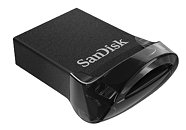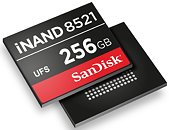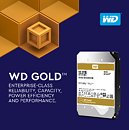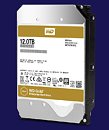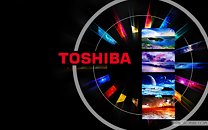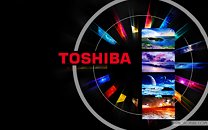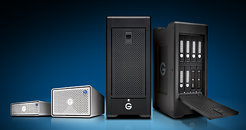
Western Digital Expands Mid-Range Enterprise Hard Drive Offerings
Known for enabling new levels of enterprise total cost of ownership (TCO) with HelioSeal helium hard drive technology and industry leading capacity drives, Western Digital Corporation is expanding its portfolio for enterprise customers with a new, mid-range series of 4 terabyte (TB), 6TB and 8TB air-based hard drives. The new products enable corporate data centers having data set sizes smaller than found in hyperscale environments to harness the power of data across a broad spectrum of Big Data applications such as analytics and distributed file systems.
Western Digital leads the high-capacity enterprise hard drive market for hyperscale and cloud environments with its 10TB, 12TB and 14TB drives, where the company's HelioSeal helium-sealing technology is required for the highest capacities and densities to deliver the lowest (or best) TCO. However, many applications have small data sets or benefit from optimal performance from implementation of a cluster of lower capacity, air-based hard drives. Many traditional data center systems still rely on moderate capacity points for RAID-based block-and-file systems.
Western Digital leads the high-capacity enterprise hard drive market for hyperscale and cloud environments with its 10TB, 12TB and 14TB drives, where the company's HelioSeal helium-sealing technology is required for the highest capacities and densities to deliver the lowest (or best) TCO. However, many applications have small data sets or benefit from optimal performance from implementation of a cluster of lower capacity, air-based hard drives. Many traditional data center systems still rely on moderate capacity points for RAID-based block-and-file systems.














